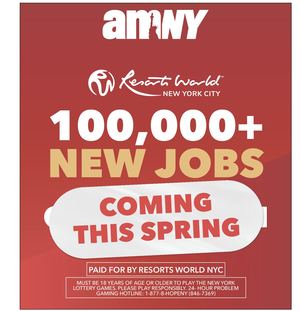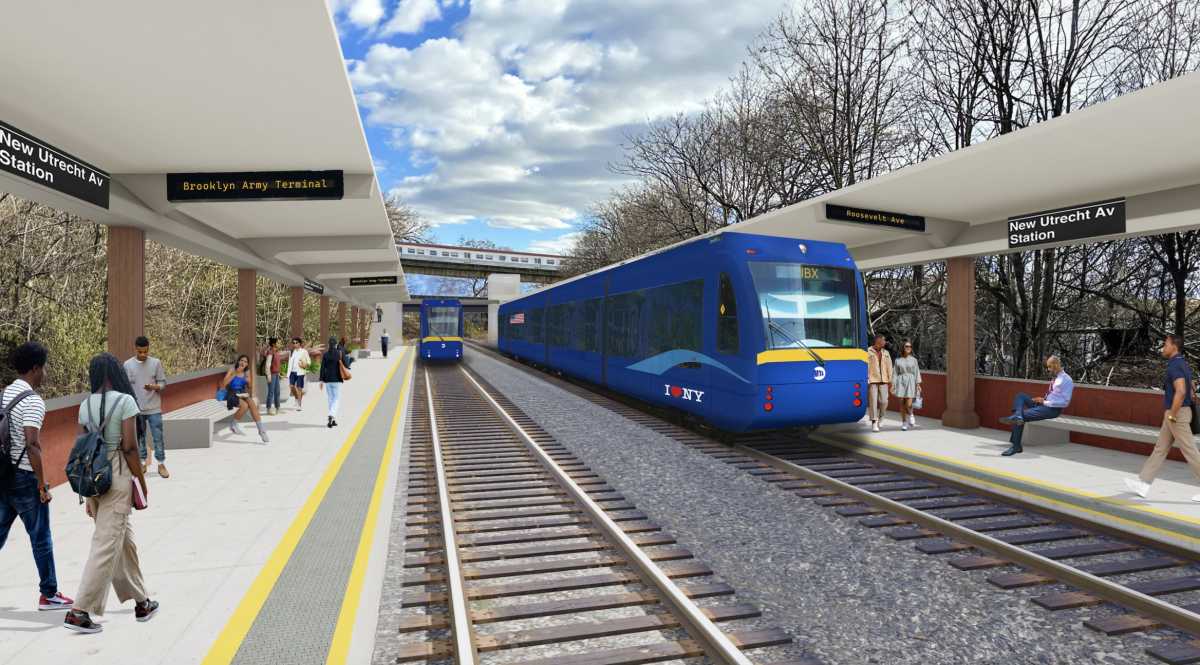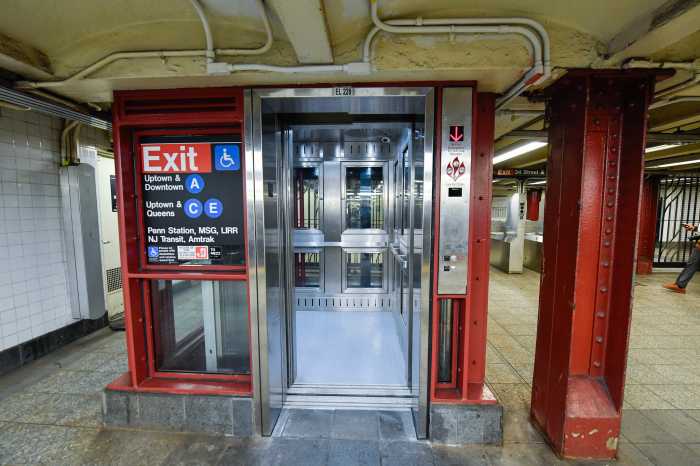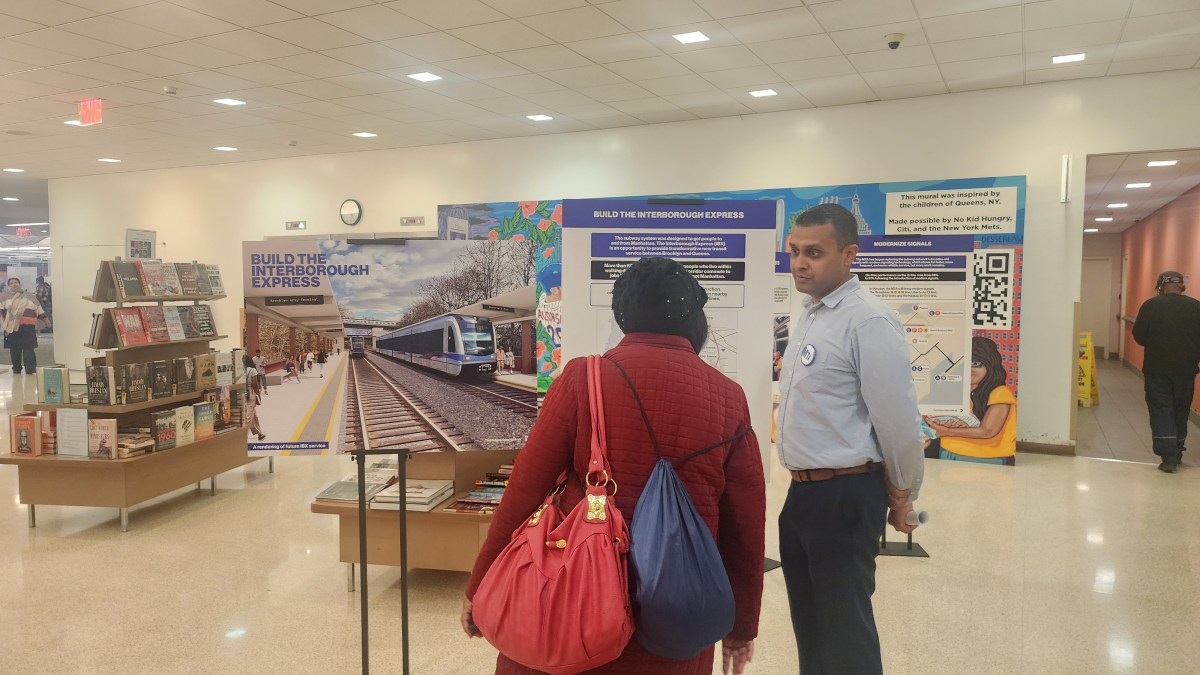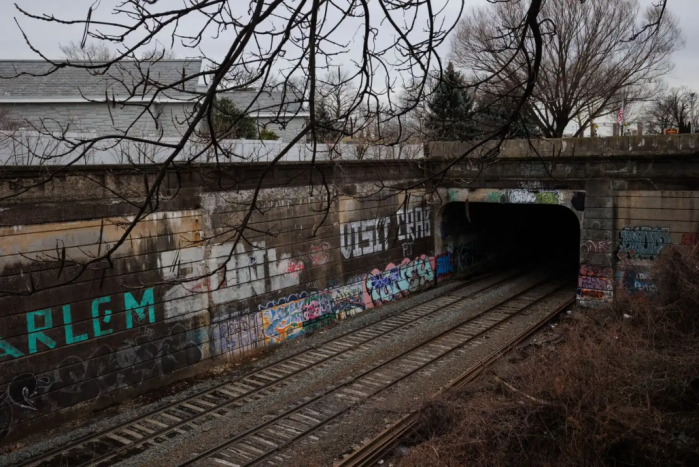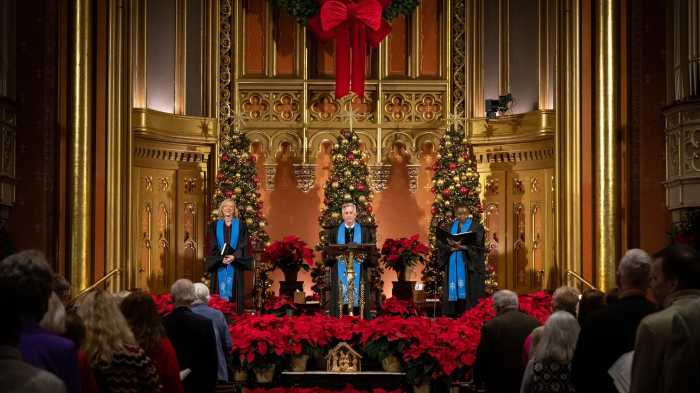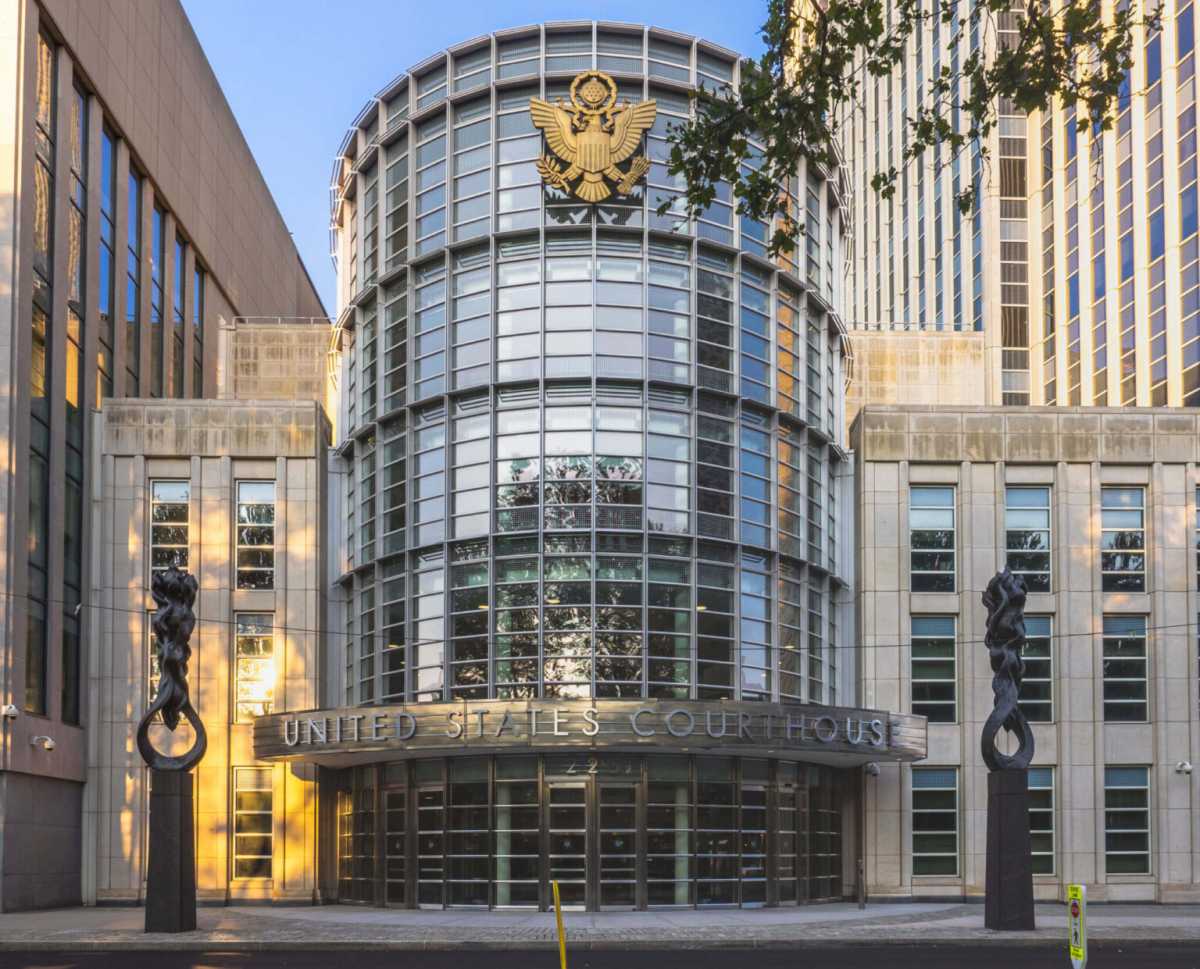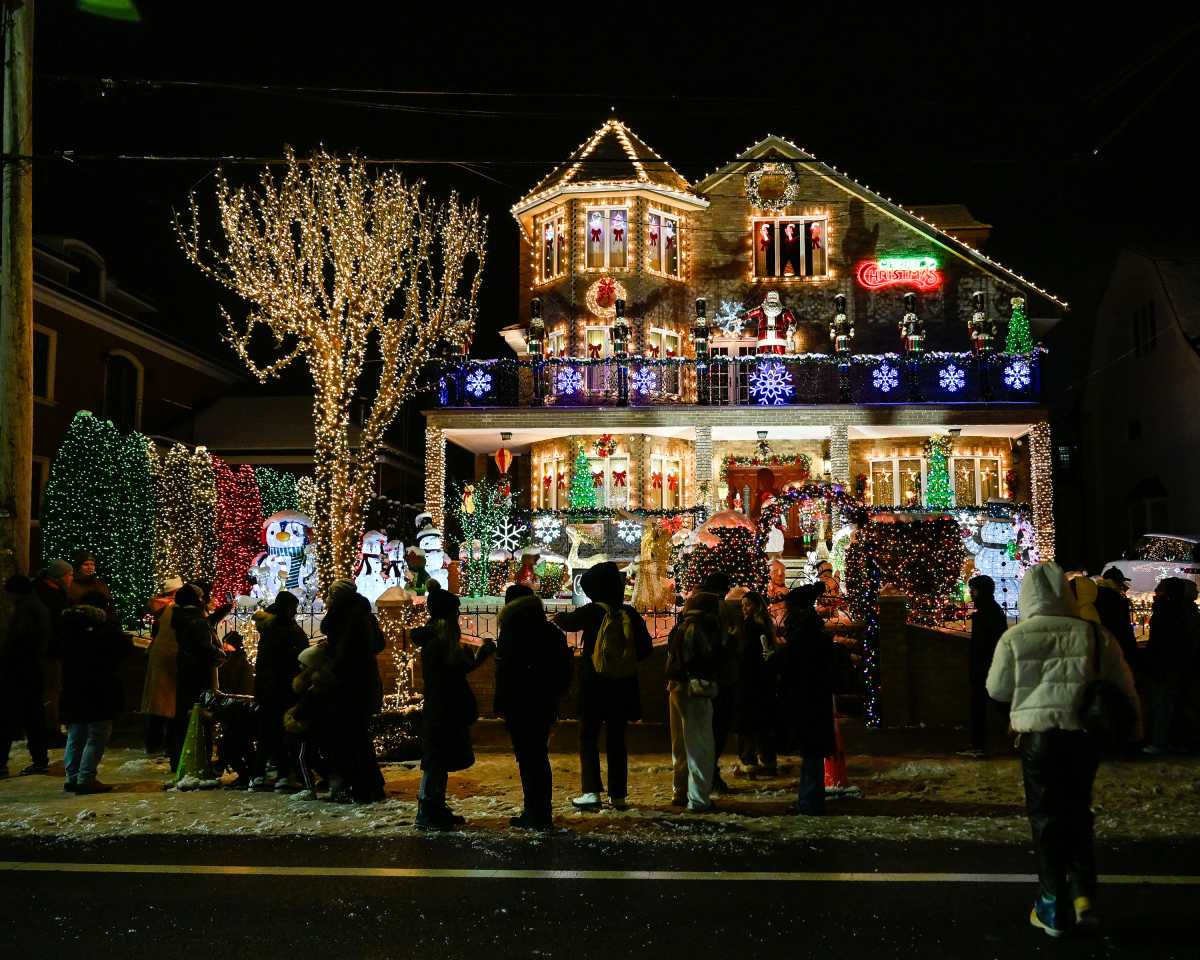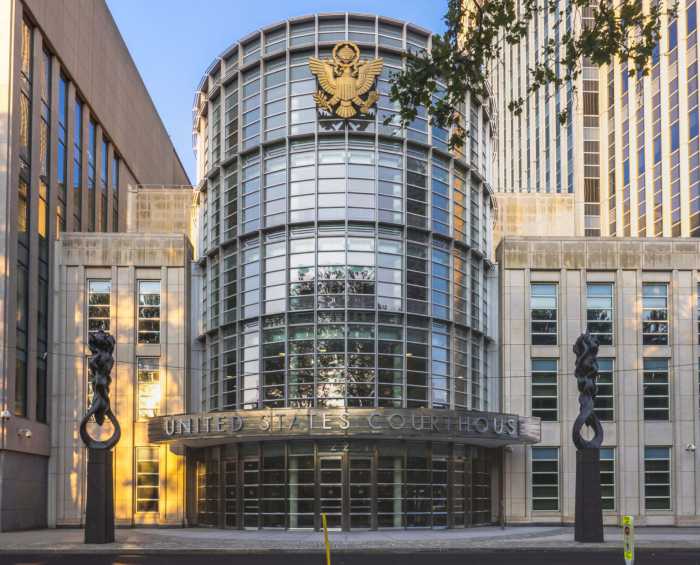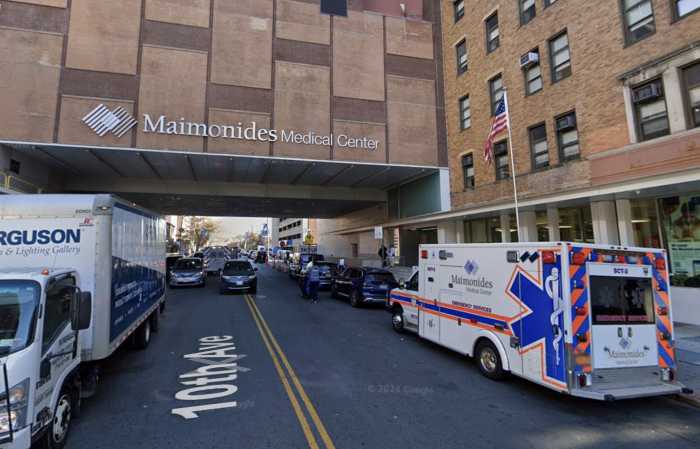The highly anticipated Interborough Express (IBX), a new light rail line poised to connect Brooklyn and Queens years from now, is already stirring attention in the NYC real estate market. While some neighborhoods along the proposed route are bracing for a surge in property values, others face the prospect of decline — at least in terms of neighborhood character, according to NYC real estate experts and community leaders.
At about 14 miles long, the IBX, which will mostly utilize an existing freight rail line, aims to dramatically cut commute times and improve accessibility between vast swaths of Brooklyn and Queens, especially for New Yorkers who live in transit deserts with minimal access to subways. Supporters of the $5.5 billion project, which entered its design phase on July 30, argue that the future rail line will spur economic growth and make the impacted neighborhoods more attractive to business and residential property owners.
Real estate leaders foresee many benefits for communities located along the future train route.
“I’ve seen time and time again how new transit projects breathe new life into neighborhoods,” Tonya Canady, a luxury real estate pro, said. “The IBX is years away, but I definitely know that the impact will absolutely be felt.”
Canady, who specializes in new development, sales and property management, said the massive transit project will open new doors for Brooklyn and Queens residents.
“The IBX will make Brooklyn and Queens more connected, and that means there’s going to be new opportunities for homeowners, buyers and the community to grow together,” she said. “That’s the exciting part to watch.”

The IBX line train route is shaped like a reversed letter “C” and will run between southern and eastern Brooklyn and Central Queens. Neighborhoods on the route include Sunset Park, Borough Park, Midwood, Flatbush, Brownsville, East New York, New Lots, Bushwick, Ridgewood, Middle Village, Maspeth, Elmhurst and Jackson Heights.
Each community along the IBX “has its own personality”
Real estate reps explained that each neighborhood would be impacted by the IBX in different ways.
“Each community has its own personality, just like people do,” Canady said. “What matters most is helping people see those opportunities and any change. Some neighborhoods might need to adapt to a busier pace, but that can also mean more energy.”
For neighborhoods like Glendale, Maspeth and Middle Village, where direct access by public transit to Manhattan and other locations has historically been a challenge, the IBX is expected to be a game-changer.
But residents in these neighborhoods have expressed concerns about the possibility of major disruptions in their mostly suburban-like communities. Some of their concerns include possibilities of more noise and crowds. With several cemeteries flanking the route, other concerns are more personal for some Queens residents.
“My father is buried near those tracks and they are going to disturb him and many others,” local resident Debbie Hippie said.
Crowds are a common concern.
“It’s crowded enough as it is. We don’t need another station in this neighborhood,” a Glendale resident said.
Other residents are looking forward to the IBX, like Jason and his family, who live in Maspeth.
“It’s really convenient for me,” he said. “I do go to the Brooklyn Army Terminal a lot and it will cut my commute. I won’t have to go through Manhattan.”
Social media showed that many Brooklyn residents are welcoming to the idea of public transit connection to Queens.
“It’s about time,” one commenter said. “Not all roads lead to Manhattan anymore.”
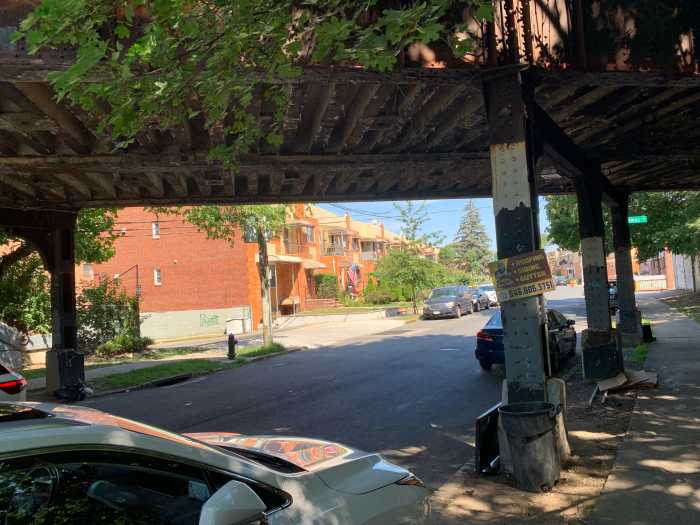
The MTA conducted public engagement meetings in 2022 and 2023 about the project. More opportunities for comments are planned.
In the meantime, Queens City Council Member Robert Holden, whose district includes parts of the IBX route, called the project “vague,” and leaves him with more questions than answers for his constituents. One of his district’s primary concerns is about upzoning — which centers around zoning changes to allow for higher buildings with higher density development in a given area.
“So now we are hearing that they want to upzone any area that’s within a certain radius of the stations or the train,” Holden explained. “So now they will put high-density or taller buildings in one-family or two-family zones. That’s totally unacceptable.”
Holden said at first, he was open to hearing more about the IBX, especially as congestion increases within the city, and the NYC Department of Transportation is “creating more obstacles” with less travel lanes on the road.
But he has “more negatives now than ever” about the project.
“They essentially want to change the character of our neighborhood,” the council member said. “We love the fact that we can sit in our backyards and feel the sunshine on our faces. Anything that jeopardizes that, you really have to fight it.”
“Quieter enclaves” like Middle Village or Borough Park might “feel the pinch”
Mariya Fuzaylova, a broker at ValueTruth Real Estate, explained that it is difficult to spot outright real estate losses, as property values generally rise with transit enhancements. However, it is possible that more crowds and noise could deter families from buying in the areas, she said.
“Quieter enclaves such as Middle Village or Borough Park might feel the pinch if crowds and noise erode their suburban charm, potentially turning off families who are looking to settle down,” she said.
Gentrification could displace longstanding locals as well, indirectly with the changes to the community, Fuzaylova added.
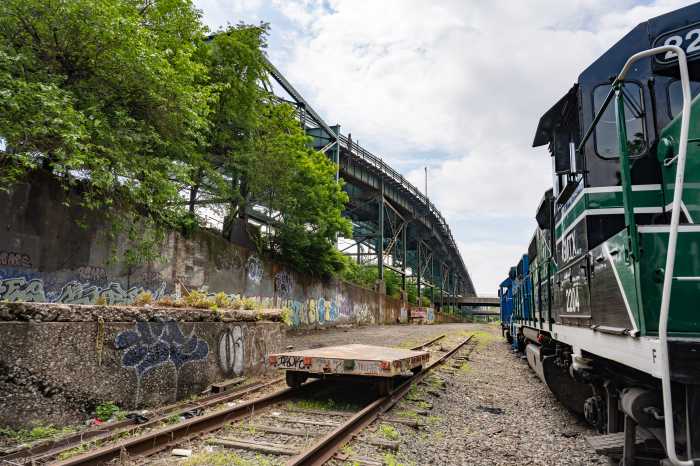
However, experts said that having an interborough train connection could introduce tens of thousands of new homes along the route through rezoning, possibly helping to alleviate the city’s housing crisis.
“It could unlock 70,000 or more new units along the route through rezoning, easing supply shortages in underserved areas and serving high-poverty pockets better,” Fuzaylova said. “Faster commutes mean more access to jobs, indirectly boosting affordability if paired with mandates for lower-income housing.”
Jamie Torres-Springer, MTA president of construction and development, shared a statement with amNewYork saying that the agency agrees with those who see the IBX’s potential.
“We strongly agree with those who see the potential for IBX to better connect Brooklyn and Queens and transform life for the 900,000 nearby residents and 260,000 nearby workers,” he said. “We look forward to working with community and local leaders as the design process moves forward to plan for the future throughout neighborhoods touched by this transformative project.”
Roosevelt Avenue, Brooklyn Army Terminal, other areas are expected to see big initial gains
Funding for the project was approved as part of the MTA’s $68.4 billion capital plan for 2025-2029. It has major support from Gov. Kathy Hochul, whose office oversees the state-run transit agency.
The IBX is expected to provide a transit option for residents along its route, many of whom have jobs in either of the two boroughs. MTA officials said the line would connect with 17 different subway lines and the Long Island Rail Road.
Bypassing Manhattan, a one-way, end-to-end trip on the IBX would take less than 40 minutes.
“The IBX will quietly but fundamentally redraw how people think about moving across Brooklyn and Queens,” Andrew Appell, a licensed real estate sales person at SERHANT Real Estate, said. “For neighborhoods that have felt tucked away from each other, this isn’t just a transit upgrade, it’s connective tissue. It creates new areas for where people can live, work, and build their lives without the gravitational pull of Manhattan dictating every decision.”
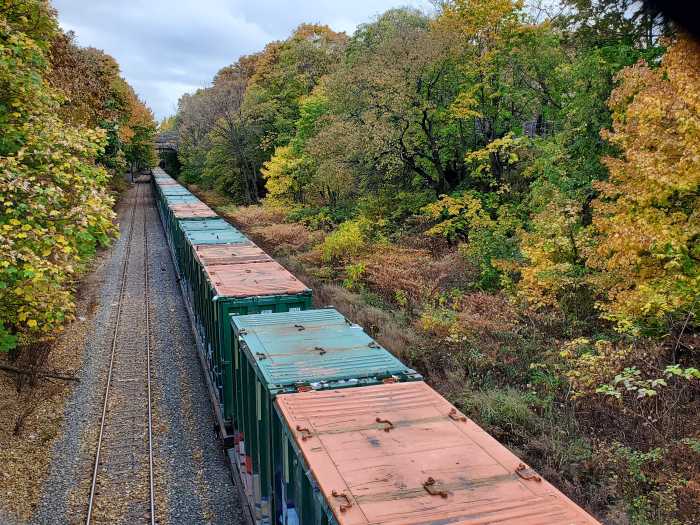
Todd Drowlette, managing director of TITAN Commercial Realty Group, explained that the IBX will open doors for affordable housing, as developers are currently “likely quietly” optioning properties and pre-planning developments.
“Based on industry trends, affordable housing developers will build large-scale projects very close to the planned stations,” he said. “They will likely be mixed-use projects bringing in additional retail like grocery stores and service-based retail.”
He added that the areas around Roosevelt Avenue, Metropolitan Avenue, Atlantic Avenue, and Brooklyn Army Terminal are positioned to see the biggest gains, first, where major hubs are already located.
“The more options you have to connect at a stop, the larger the demand for housing you will have, Drowlette explained. “The more demand you have for housing that is satisfied, the more retailers are willing to set up shop. Supermarkets, restaurants, cafes, and service-based businesses will be attracted to these areas.”
Drowlette, who is also starring in an upcoming show on A&E in October called “The Real Estate Commission,” said the IBX will likely drive affordable housing in both boroughs.
Just recently, the U.S. Federal Housing Department announced it would expand the country’s affordable housing supply by doubling the amount that Congress’s Fannie Mae and Freddie Mac mortgage and loan programs can invest in low-income housing tax credit properties.
“Given the demand for affordable housing and lack of transportation for many residents of Brooklyn and Queens, this could be a perfect storm for Brooklyn and Queens to become the home to new, large-scale — 300 to 1,000 units — affordable housing projects,” Drowlette said.
